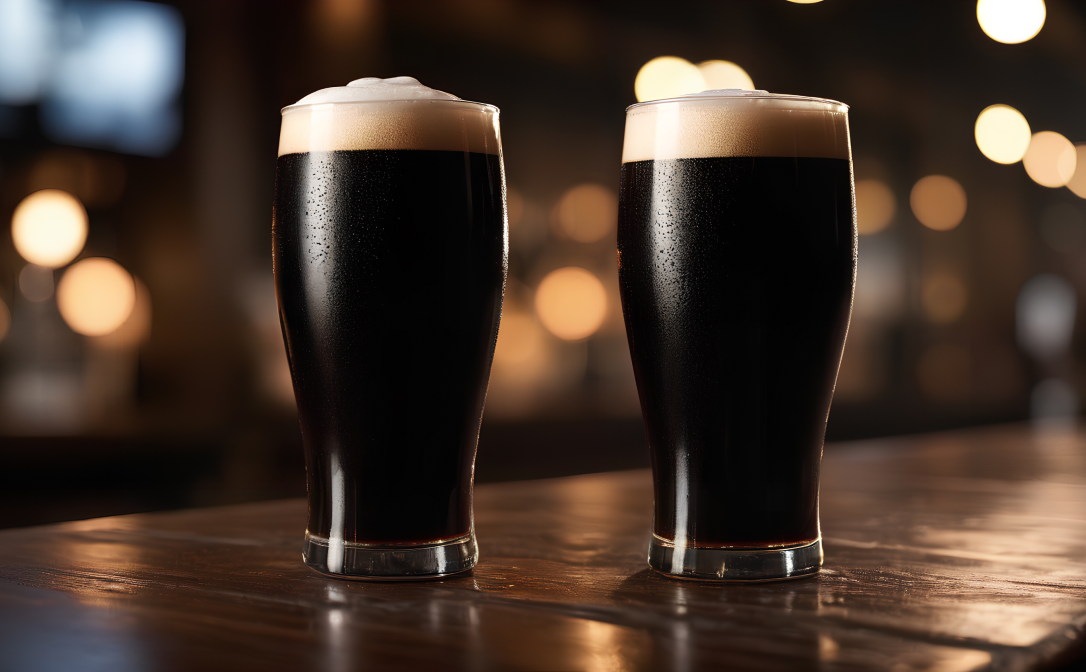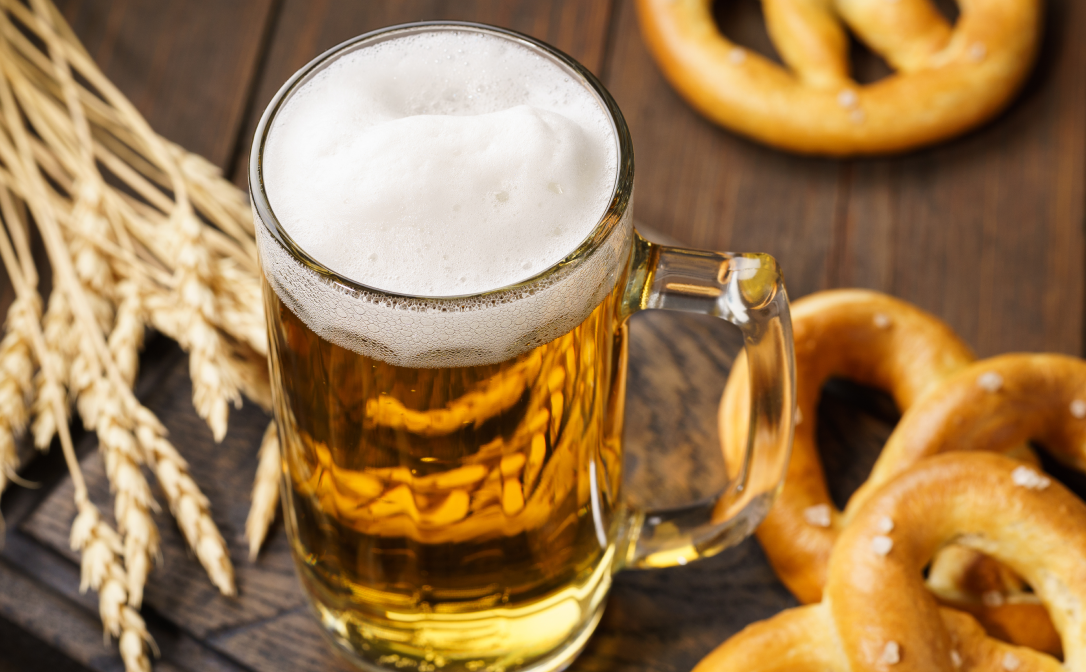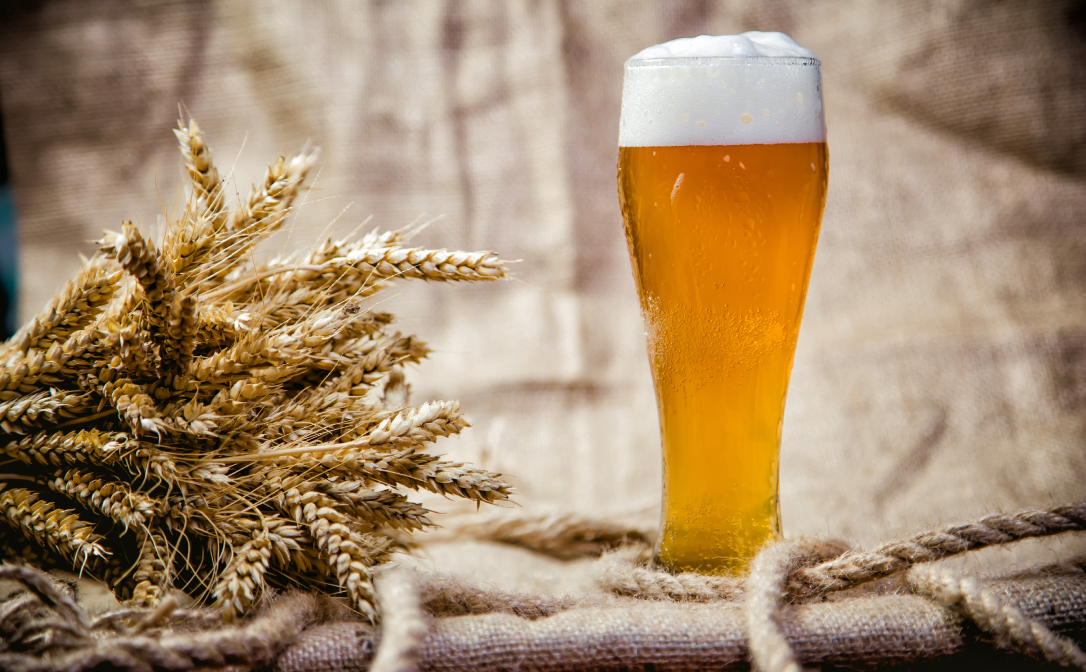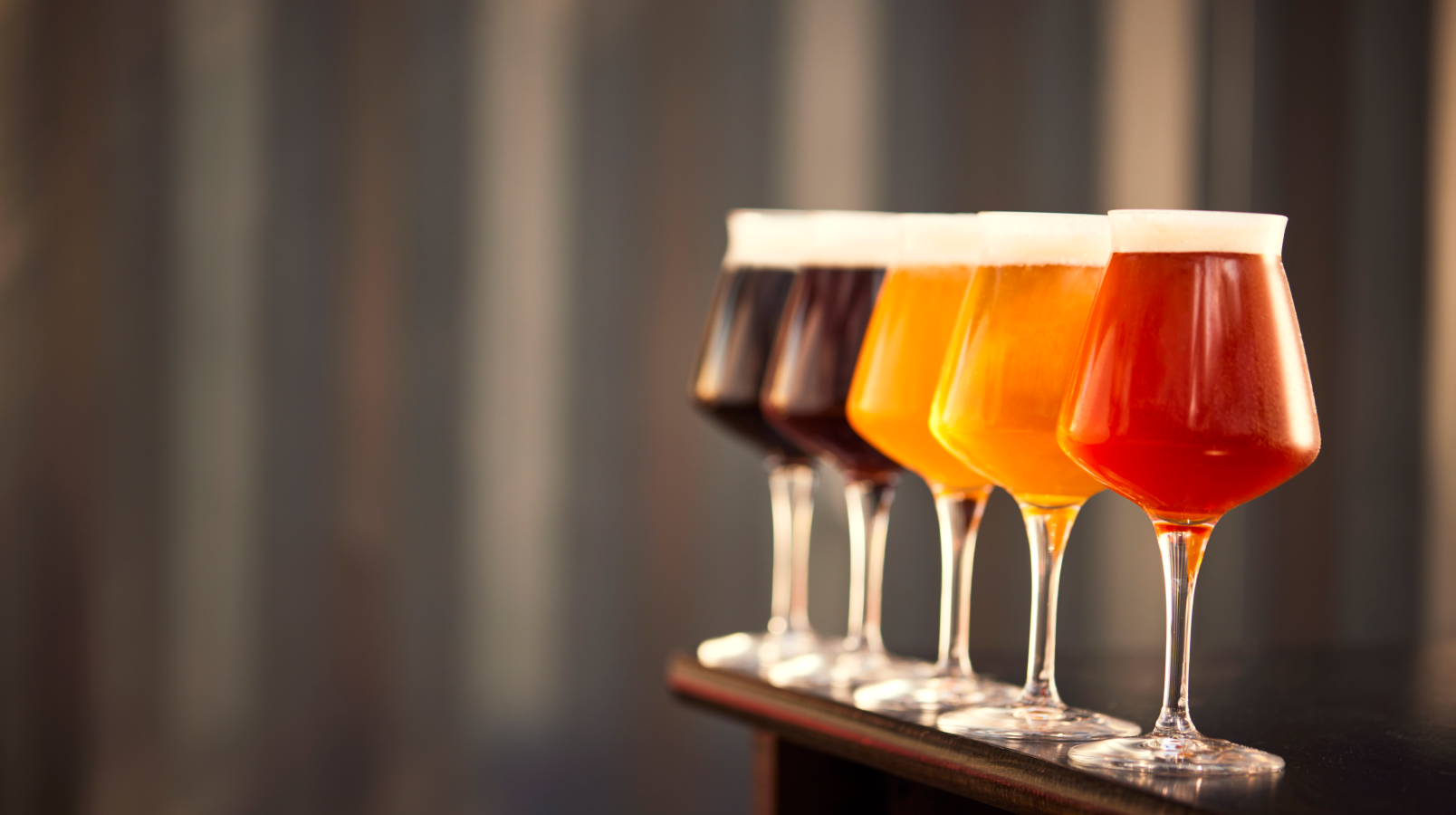There are lots of different styles of beer – from clear, gold pilsners to opaque, black stouts; from bitter IPAs to sour Berliner weisse.
Styles are what we use to differentiate beers based on their flavour profile. A beer style is essentially a set of characteristics – achieved with a particular combination of ingredients and brewing techniques – linked to a name.
There are many options available to brewers when making beer and these options can lead to a huge range of colours, aromas, tastes and textures, as you’re about to find out.
What follows is a brief introduction to a range of beer styles grouped by the key ingredient that influences each style.
(Need a quick refresher on beer’s ingredients? Check out this blog post first.)
Want to find out more about our beer courses? Sign up for our beer mailing list.
Malt-driven styles
Malt-driven styles are those in which aromas from malted grains are the most prominent. Here are a few malt-driven styles you may already be familiar with:
International pale lager
This is one of the most popular beer styles in the world today! It’s made using lightly coloured base malt, giving aromas of bread dough and water cracker and a straw to gold colour. If any hop aroma is present, it will be subtle and, as this is a lager, we’re not expecting any yeast aroma either. Hence why this style is considered malt-driven.
Porter and stout
Porters and stouts can be grouped as two closely related style families. They’re brewed with dark-coloured specialty malt, giving aromas of coffee or chocolate and a brown or black colour. Generally, ale yeast is used and may produce some fruity aromas. Additionally, some hop character (aroma and bitterness) may be present, but can vary greatly, depending on if the brewer is making an English- or American-style porter or stout.

A stout, brewed with dark-coloured specialty malt.
Barley wine
Barley wine is often amber in colour from the amber-coloured malted grains it’s brewed with, which introduce aromas ranging from toasted bread, digestive biscuit/graham cracker or caramel to dried fruits. It’s high to very high in alcohol and has a full body. As an ale, there can be fruity yeast-derived aromas. And, like our porter and stout, hop character (aroma and bitterness) can vary.
Hop-driven styles
Hop-driven styles include styles where there is a notable presence of hop bitterness, hop aroma or both. Here are a few popular hop-driven styles to know:
Traditional Czech or German pilsner
These styles are brewed using traditional Czech or German hops that introduce subtle spicy, floral or herbal hop aromas and medium to high bitterness. Like our international pale lager, lightly coloured base malt is used, giving a straw to gold colour and aromas of bread dough, light honey or bread crumb. Hops are much more prominent in a pilsner though, hence why these styles are considered hop-driven.

A German pilsner typically has subtle spicy, floral, or herbal hop aromas.
American IPA
American IPA (India pale ale) is defined by having high levels of both hop bitterness and hop aroma, and typically features aromas from American hops, like pine, resin, citrus, tropical or stone fruit. It’s gold to amber in colour with subtle malt aromas of bread crumb or sometimes toasted bread, digestive biscuit/graham cracker or caramel. As an ale, some subtle fruity yeast aromas may also be present.
Yeast-driven styles
Yeast-driven styles are grouped together because aromas from yeast produce their signature character. As lager yeast does not typically produce much aroma, all yeast-driven styles are ales. These are a few classic examples to explore:
Weissbier
Weissbier is brewed with a specific strain of yeast that gives fruity aromas of banana and spicy aromas of clove. It’s also made with a high proportion of wheat, which gives the beer bread crumb aromas, a straw to gold colour, and a cloudy/hazy appearance. It’s known for its high carbonation, too.

Weissbier, known for its banana-and-clove yeast profile and high carbonation.
Saison
Saison is brewed with a specific strain of yeast that gives fruity aromas of citrus, stone or pome fruit (think orange, peach or apple) and spicy peppercorn-like aromas. A range of malts can be used to give the beer a gold to amber colour and aromas of bread crumb, toasted bread, or digestive biscuit/graham cracker. Hops are also a feature in this style with medium bitterness and spicy, floral, fruity or earthy hop aromas present. But, as you might expect, the yeast aromas are the defining feature of this style.
Witbier
Witbier has subtle fruity and spicy aromas from the strain of yeast used, but what makes this style really unique is the additional flavourings it’s brewed with – orange peel and coriander seed – which complement those yeast aromas. It’s also brewed with wheat and has subtle bread crumb or light honey aromas, straw to gold colour and a hazy/cloudy appearance.
Sour styles
Sour styles get a distinct sour character from the inclusion of bacteria that contribute acidity to the final beer. In some cases, these styles can also be influenced by other types of yeast that lend complex fruity and farmyard aromas to beer. Think you may be intrigued by these flavours? These are some of the styles to seek out:
Berliner weisse
This style is moderately sour from a mixed fermentation with yeast and bacteria. Some subtle fruity yeast aromas are present, as well. Lightly coloured malted grains, including barley and wheat, are used, giving a straw to gold colour, hazy appearance, and subtle aromas of bread dough. Sometimes, this style will be served with fruit or herbal syrups to balance the acidity.
Geuze (Gueuze)
This style has a prominent sourness, along with complex farmyard (earth and hay) and fruity (grapefruit, orange, apple, apricot or rhubarb) aromas from the range of ambient yeast and bacteria that are introduced through a process called spontaneous fermentation. The fermentation character is the main feature here, but there may be some subtle bread from notes from the lightly coloured malts that also give this style its gold colour.
These aren’t the only styles of beer, of course! Want to learn more about – and how to taste – a broad range of beer styles? Join us for the Level 1 Award in Beer.
This blog post was written by Natalya Watson, Business Development Manager – Beer (EMEA). Natalya is an award-winning beer educator passionate about sharing her knowledge of beer with others because she believes that beer is simply too delicious to remain undiscovered. Natalya is qualified as an IBD Beer Sommelier, Advanced Cicerone® and WSET beer educator and has her WSET Level 2 Award in Beer. She is also the author of Beer: Taste the Evolution in 50 Styles. Follow Natalya on Instagram here.


